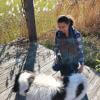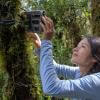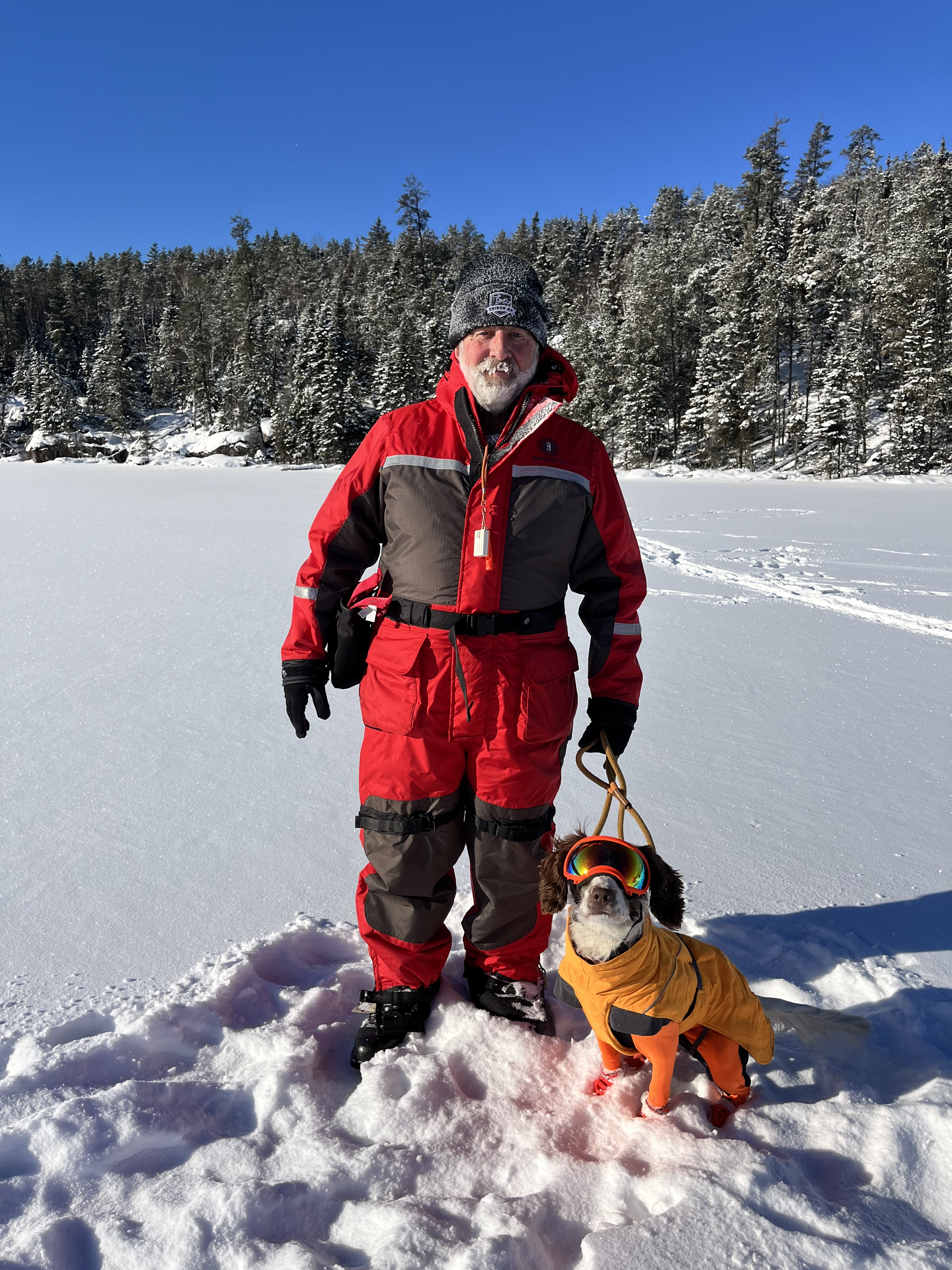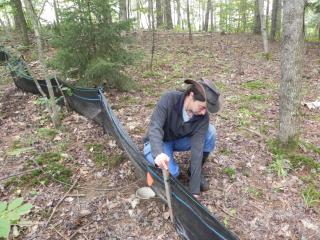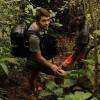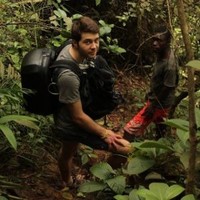In recent decades, the use of dogs in conservation work has exploded. Deployed to detect things like invasive or elusive species, scat, poachers, illegal wildlife trade products, and much more, conservation dog teams are trained to aid teams in the field. With benefits like speedier searches over large areas, proven targeted detection accuracy, and ease of transport and surveying, conservation dogs also offer possibilities for enhancing other technological methods by confirming or providing results in real-time.
Conservation dog teams now provide scat, reptile, aquatic species, whale scat, and invasive plant detection, and plenty more. This expansion of use is partly due to refined training techniques that offer a broader capability in very specialized detection roles, and partly due to more people seeing the capabilities and benefits of trained dogs.
Specifically, the utilization of dogs in conservation has experienced a considerable increase in recent years as people realize what the capability brings to the field survey arena. The benefits of dogs offering enhanced detection to support surveys includes:
- Speed of search
- Covering large areas effectively
- Proven detection capability
- Calibrated on a variety of species, if required
- Accuracy in the detection of targets and ignoring similar non-target specimens
- And easy to transport to survey sites.
Whether you train, handle, use, or are interested in finding out more about conservation dogs, this is the community for you! This group is growing, so if you'd like to get started and make connections here, here are some suggestions:
- Do you have advice to share with others who are interested in trying conservation dog work for the first time? Or do you need advice on whether conservation dogs suit your work?
- Do you have resources or research to share on training or using conservation dogs?
- Do you have a case study or project update that involves conservation dogs?
- Do you have a question about how to access conservation dogs for your own work?
Your group manager is Paul Bunker. Direct message him through WILDLABS or email him here with any questions or suggestions.
Header photo: Bill, photographed by Stephanie O'Donnell
- @jsevans
- | He, Him
Senior biometrician, with the Nature Conservancy science team, attempting to bring vigor from diverse fields such as landscape ecology, spatial statistics, remote sensing and applied mathematics to answer practical conservation questions.
- 0 Resources
- 0 Discussions
- 7 Groups
Fauna & Flora
Senior Technical Specialist, Wildlife Trade
- 0 Resources
- 9 Discussions
- 9 Groups
Intertidal Agency
Data systems & policy solutions


- 1 Resources
- 20 Discussions
- 9 Groups
University of Maryland Center for Environmental Science

- 0 Resources
- 10 Discussions
- 5 Groups
- 0 Resources
- 0 Discussions
- 1 Groups
- 0 Resources
- 0 Discussions
- 1 Groups
- @marusuffern
- | She/her
Passionate and curious about nature and its diversity, I seek to learn more about conservation, new technologies, and the unknown and infinite environmental world.
- 0 Resources
- 0 Discussions
- 18 Groups
Minas Gerais State University (UFMG)
- 0 Resources
- 0 Discussions
- 1 Groups
I'm a recent graduate with an applied degree in GIS and am looking to volunteer my time as a GIS tech or analyst. I love all things nature and watching the wildlife in our backyard. I have set up our webcam from time time trying to lure the wildlife for a good image.
- 0 Resources
- 1 Discussions
- 7 Groups
Researcher at the Southern African Wildlife college with an interest in technologies supporting conservation management. Currently working with ESRI; SMART; EarthRanger and Tracking devices
- 0 Resources
- 1 Discussions
- 4 Groups
Peruvian biologist working on Andean bear conservation in the Peruvian Andes
- 0 Resources
- 0 Discussions
- 7 Groups
- 0 Resources
- 0 Discussions
- 11 Groups
A published research study
15 January 2025
Their keen noses are helping researchers document the diversity of fungi living underneath Pacific Northwest forests.
15 January 2025
Published research paper
27 August 2024
WildLabs will soon launch a 'Funding and Finance' group. What would be your wish list for such a group? Would you be interested in co-managing or otherwise helping out?
5 June 2024
YouTube link to interview regarding the Saola Detection Canine project in Laos
10 December 2023
This article discusses a project utilizing canines to detect the scat of a critically endangered mammal, the Saola.
10 December 2023
A secure platform designed for those working to monitor & protect natural resources. Insight facilitates sharing experience, knowledge & tools to increase efficiency & effectiveness in conservation. By...
7 November 2023
Detection dogs may provide a non-invasive way to determine female receptivity, but this has not been explored in captive wildlife. This exploratory study investigated the use of detection dogs as a novel method of...
25 October 2023
By sniffing out egg masses, dogs are helping researchers against an invasive species
26 April 2023
Published paper attached
14 November 2022
Nice article from Audubon showcasing a variety of conservation dog projects: 'They can turn up endangered species, track down poachers, root out invasive pests, and prevent the spread of wildlife diseases'
15 September 2022
Article
Ceres Tag sends just in time alerts and GPS location to have the power to track and trace.
22 July 2022
November 2023
event
| Description | Activity | Replies | Groups | Updated |
|---|---|---|---|---|
| This class is being offered again, here's the information: Online DATES: December 27, 2021 - January 21, 2022 EARLY BIRD REGISTRATION ENDS NOVEMBER 10, 2021... |
|
Conservation Dogs | 3 years 8 months ago | |
| Please feel free to reach out if you have questions. |
|
Conservation Dogs | 3 years 8 months ago | |
| Dogs, in simple terms are a tool just like any other technology you use. There are advantages and limitations just like any other technologies. I like to tell people they need to... |
|
Conservation Dogs | 3 years 8 months ago | |
| Forget the newest technology: One of the most powerful tools in conservation research is human’s best friend. Rogue Detection Teams... |
|
Conservation Dogs | 3 years 8 months ago | |
| Professional, skilled, talented... team member Freya, a three-year-old Springer Spaniel carries out important work for us [Wessex Water... |
|
Conservation Dogs | 3 years 10 months ago | |
| With Murder Hornets being located on the west coast of the USA this research could offer some lessons learned: Three main... |
|
Conservation Dogs | 3 years 11 months ago | |
| Dear Chavoux, thank you for your reply, you perfectly summarize the challenges of this project. I will add another one: dog care, community in Congo are not used to... |
|
Conservation Dogs | 3 years 11 months ago | |
| At the seedling stage, invasive plants like Scotch broom are notoriously difficult for humans to spot. But dogs can locate hard-to-find... |
|
Conservation Dogs | 3 years 11 months ago | |
| Best Practices and Application to the Illegal Rhino Horn Trade - Includes an informative section on the use of dogs. "The following... |
|
Conservation Dogs | 4 years ago | |
| In this 40-minute video we: "Learn a little about what the conservation detection dog method is and how Rogue Detection Teams does it... |
|
Conservation Dogs | 4 years ago | |
| I just have to say that this is an absolutely brilliant title...bravo to those authors! :) |
|
Conservation Dogs | 4 years 1 month ago | |
| "To find the elusive white-vented storm petrel, researchers spent years scouring the desolate Atacama Desert, using dogs to help sniff... |
|
Conservation Dogs | 4 years 1 month ago |


